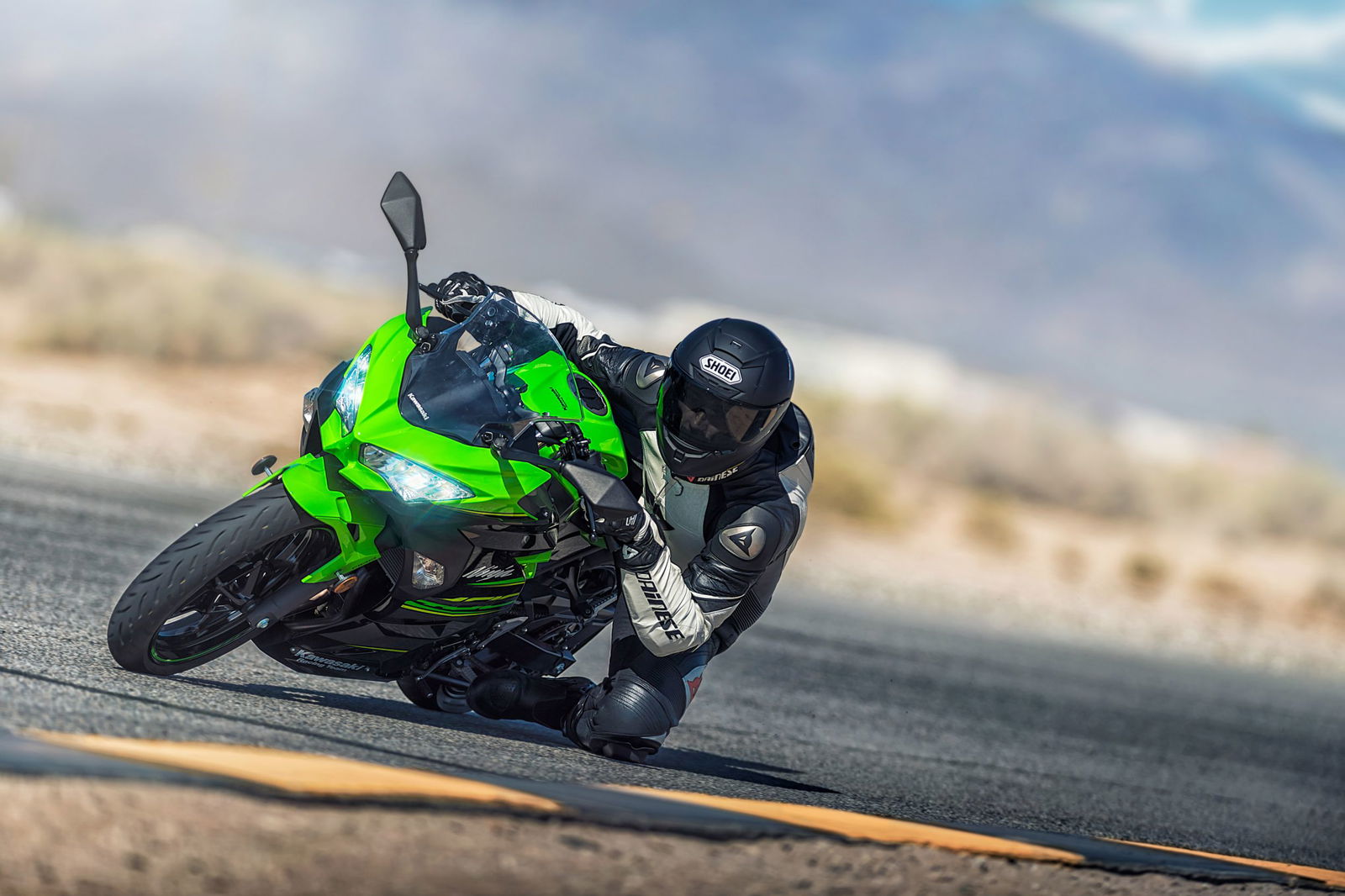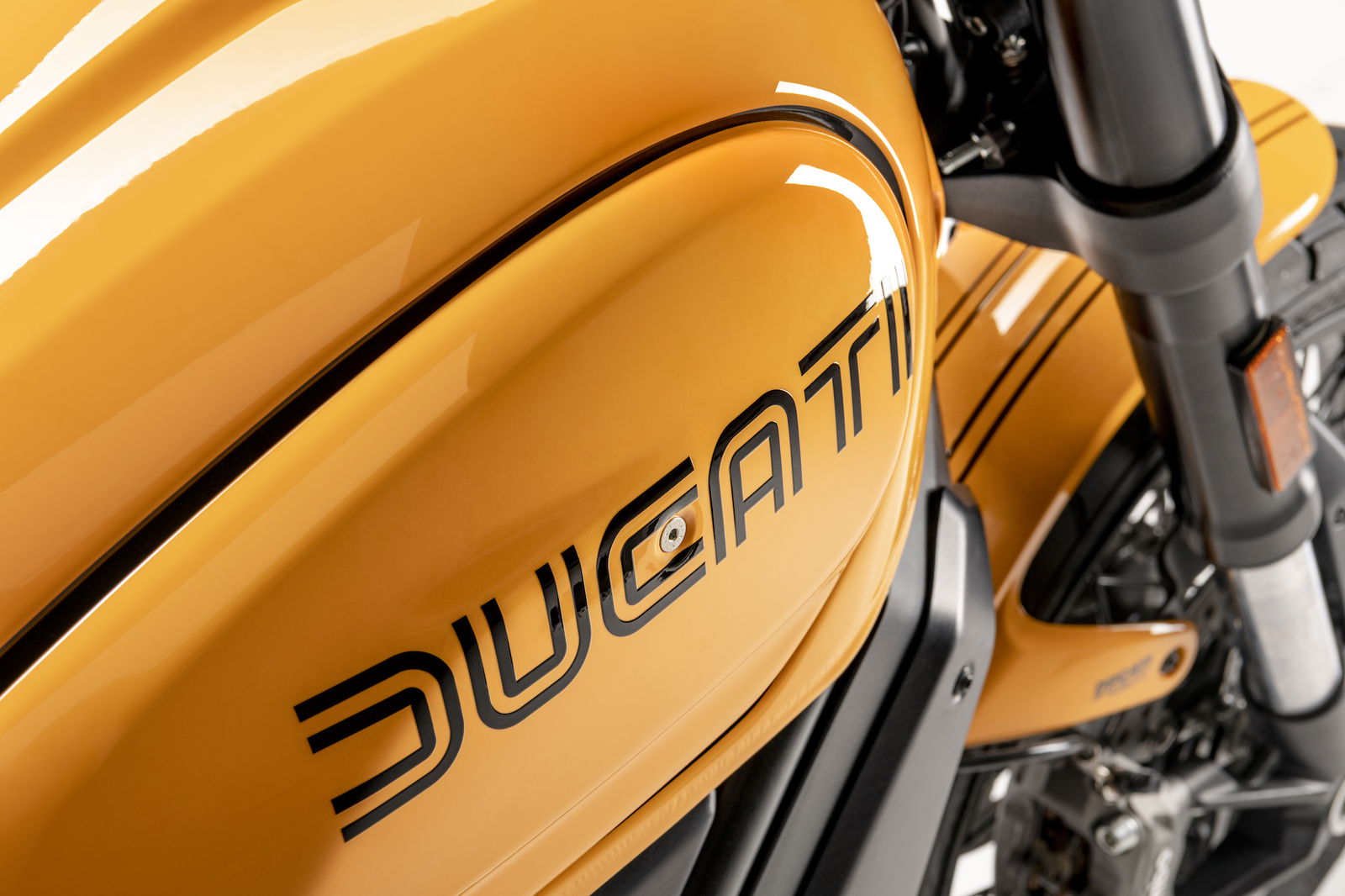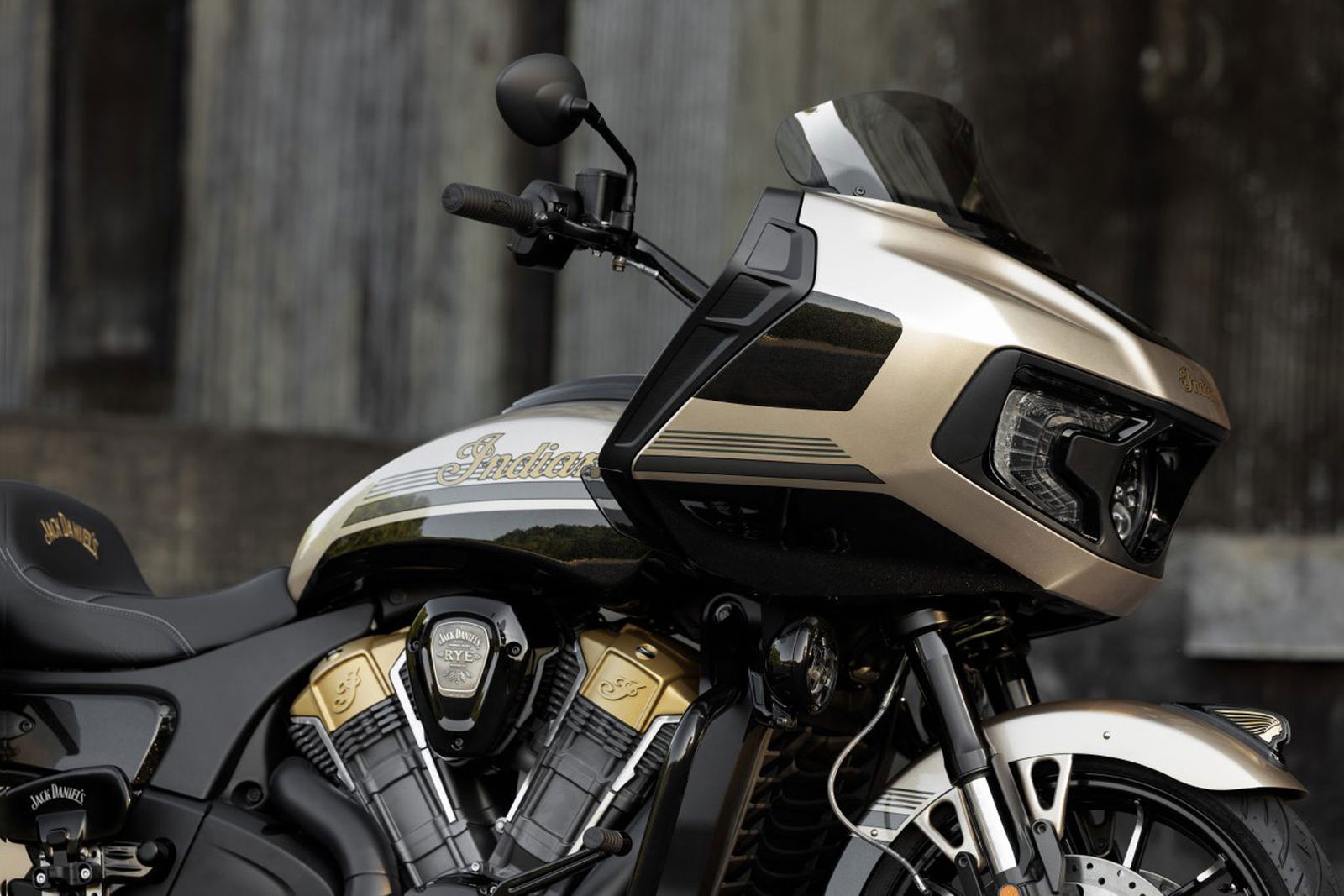Kawasaki presents Hybrid prototype in first step towards full electrification
Kawasaki reveals a prototype of a hybrid fuel-EV sportsbike it hopes will bridge the gap towards its bold plan to go entirely electric by 2035
![Kawasaki Hybrid Prototype [credit: Autoby]](https://cdn.visordown.com/field/image/MB6DMUQ4SZC75ONSTKIBFRZNBQ.jpg?width=1600&aspect_ratio=16:9)
Kawasaki has unveiled a skeletal prototype of its proposed hybrid sportsbike as it begins its ambitious journey towards full range electrification by 2035.
The manufacturer has become the first of the four big Japanese firms - including Honda, Yamaha and Suzuki - to lay out its plan for a future in which the conventional fuel-powered combustion engine will be phased out and replaced by alternative power, most notably electric but also hydrogen.
While purists have turned their noses up at the prospect of a motorcycle drinking from a plug rather than a pump, Kawasaki is formulating a plan to bridge the gap with the launch of a hybrid sportsbike that will blend a conventional ICE with a small EV motor.
Though prevalent in cars for more than a decade now, hybrid solutions have been shunned by motorcycle manufacturers in the past because the fuel saving gains on what is already a comparatively economical mode of transport are negated by having squeeze a relatively heavy self-charging battery into the tightly-packaged frame.
![Kawasaki Hybrid Prototype [credit: Autoby]](https://cdn.visordown.com/HFGSPGIBPBF4RBHDHZQ5G2ER7Y.jpg?width=1600)
Nonetheless, Kawasaki has achieved this by downsizing the existing parallel-twin engine - either the 250cc or 400cc unit - in order to add a small electric motor in a frame that appears to be a Kawasaki Ninja 400 mule. It isn’t clear yet whether Kawasaki plans to offer the technology as a standalone model or as an option on one of its existing motorcycles.
It isn’t the only innovative bit of technology here either. The motorcycle also includes the semi-automatic transmission Kawasaki has been working on with its pure-electric prototype, named the Endeavour. Though electric motors have linear torque, meaning a gears and ratio gearbox is superfluous for pure purpose, the click up and down the gears is regarded as a primary part of biking.
However, Kawasaki is developing a system that would re-engage the transmission once the fuel-powered engine kicks in at higher speeds, albeit using a sequential button-shift.
![Kawasaki Hybrid Prototype [credit: Autoby]](https://cdn.visordown.com/2IKIGIOASBAE3ESC4UIKZYEVEU.jpg?width=1600)
The crucial benefit Kawasaki wants to exploit
Like we say, hybrid technology - though logical in its intended benefits - has been shunned by manufacturers in the past because the cons outweigh the pros for bikers less inclined to worry about fuel economy figures and fluctuating fuel prices.
However, Kawasaki is banking on a rise in the number of towns and cities becoming emissions-free zones. While this hybrid isn’t classed as zero emissions in average consumption, the fact it can be ridden in pure EV mode at lower speeds would therefore allow it to be used where the vast majority of other motorcycles cannot.
.jpg?width=1600)
Why are motorcycles being forced to go electric?
With many countries now working towards a deadline between 2030 and 2035 to slash emissions, an overhaul of the transport industry is front and centre of the fight against climate change. Several major cities are already operating zero or low emissions zones ahead of a plan to stop the sale of fossil fuel-powered vehicles in just over a decade’s time.
The changes are primarily targeted at the car industry, but while emissions are not nearly as much of an issue for bikes, the regulations sweep across the motorcycle industry too.
Herein lies the issue for manufacturers. Electric motorcycles remain unattractive to many buyers because it lacks emotive pleasure, while models on sale today are tarnished by being expensive and heavier, while there remains concerns over range.
Moreover, EV motors aren’t as easy to disguise in a small frame and have implications for the balance of a machine that buyers expect to be nimble and agile.

With this in mind, manufacturers have been noticeably coy when discussing electric - in public at least - seemingly preferring to gauge a shift in the market before unveiling plans.
However, change is afoot regardless and Kawasaki is the first major manufacturer to propose a road map for making its entire range either electric or hydrogen powered by 2035.
Though it doesn’t mean Kawasaki will necessarily achieve this target before anyone else, at a time when the majority of bikers remain cynical about electric power, it’s a bold move to have gotten its ideas out as early as 2021.
Prototype images credited to Autoby

